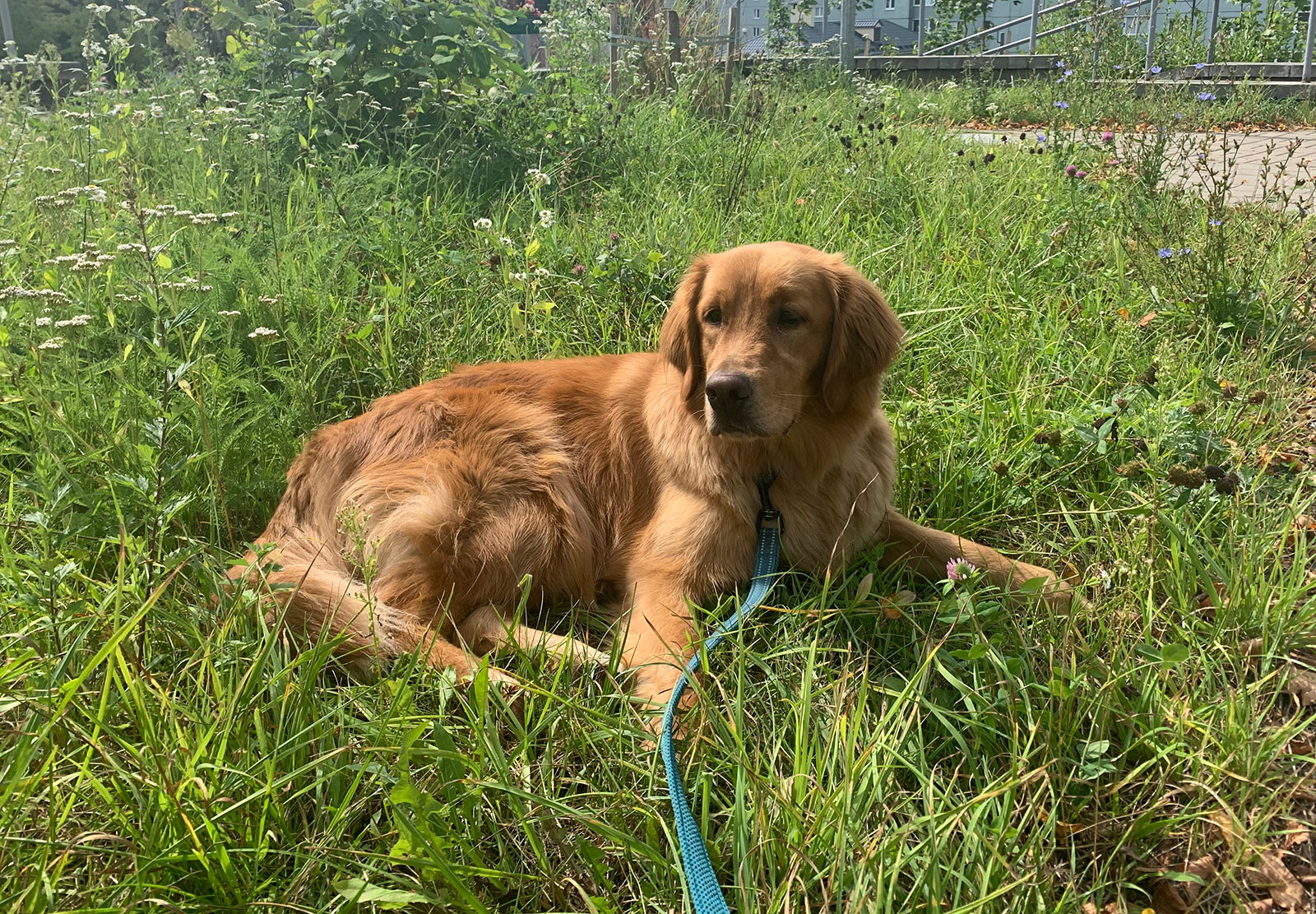Osteoarthritis: Joint cartilage under attack

Each of your pet’s joints are made up of a number of structures, all of which can become diseased in some way.
Osteoarthritis is a condition in which there is degeneration of the cartilage covering the surface of the bones within the joint. Hence it is also known as degenerative joint disease or DJD. The joint pain and inflammation that results from osteoarthritis, is the number one cause of lameness in dogs.
The degenerative process characteristic of osteoarthritis, can be caused by a number of different agents such as trauma (e.g. cruciate damage, dislocation), infection (either from a penetrating wound or septicemia), the immune system (e.g. Rheumatoid arthritis and Lupus) or even a congenital malformation of the joint involved (e,g. luxating patella, or Hip Dysplasia) or of the cartilage itself (as seen in OCD of the shoulder, knee, elbow or hock). Another condition which is seen in mostly, young, small-breed dogs (which suggests that there may be a heritable component to this disease) is Legg-Calve-Perthes Disease.
When joint cartilage is ‘attacked’ by any one of these agents, joint swelling, inflammation, pain and varying degrees of lameness are the hallmark of the resulting osteoarthritis.
So, if your pet shows any signs of lameness, it is important to enlist your veterinarian as soon as possible. The inflammatory nature of osteoarthritis accelerates the rate of degeneration of the joint cartilage, so early intervention is essential.
Your veterinarian will take a detailed history about your pet’s issue and perform a thorough examination. With the help of diagnostic imaging and possibly even blood tests, they will then determine the underlying cause of your pet’s pain. A correct diagnosis will lead to an appropriate treatment and management plan. Whilst many of the causes of osteoarthritis are unavoidable, there are a number of surgical, medical and management options appropriate to each diagnosis. Additionally, the correct diagnosis will give you an outline of the expected course of the disease and the likelihood of successful management.
Understanding osteoarthritis and enlisting early veterinary intervention when there are any signs of lameness, are key to giving your dog a long and happy, active, enjoyable life.